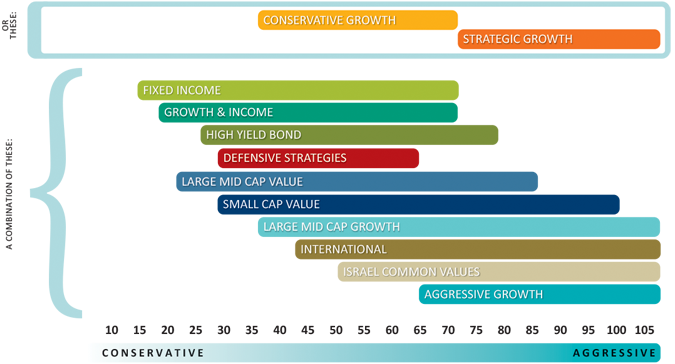I will not access this website if that registration is withdrawn. Distributed by Timothy Partners, Ltd. Member FINRA.
International Mutual Fund
Long-term growth of capital
Timothy Plan’s International fund invests in foreign companies, through the use of ADRs (American Depositary Receipts), with the objective of increasing the capital investment over a longer period of time. Utilizing a growth strategy, the fund maintains a moderate level of risk by focusing on companies it believes to be poised for growth, with high earning potential, without regard to company size. Call +1 (800) 846-7526 or chat online if you need any assistance.
Objective
The Fund's objective is long-term growth of capital. The Fund seeks to achieve its objectives by investing in American Depository Receipts (ADRs) without regard to market capitalization. ADRs are receipts typically issued by a U.S. bank or trust company which evidence ownership of underlying securities issued by a foreign corporation.
Strategy
Without regard to market capitalization and placing little or no emphasis on dividend income, and after considering the moral filters, the International Fund invests in the ADRs of companies the manager believes will have both revenue and a high probability for superior growth that exceed the economy as a whole. The manager allocates investments across countries and regions, considering the size of the market in each country and region relative to the size of the international market as a whole. The Fund purchases ADRs whether they are "sponsored" (S-ADR) or "unsponsored" (U-ADR). 12 S-ADRs are issued jointly by the issuer of the underlying security and a depository. U-ADRs are issued without participation of the issuer of the deposited security. Holders of U-ADRs generally bear all the costs of such facilities.
Risk & Strategy
We have created a worksheet to help you decide which funds might meet your investment needs, Asset Allocation Investor Worksheet. Answer the questions, then add your points to consider an appropriate strategy. The scale attempts to create a spectrum of the funds using a broad brush criteria of aggressiveness/risk. The scale and order of funds may not be accurate at any point in time, because as the markets shift and change, so will the relative positions of the funds. This should be considered as a general guideline and not a scientifically created/maintained analytical tool. You may want to consider a more aggressive or more conservative diversification than your score indicates.

IMPORTANT LEGAL INFORMATION
- Total Returns include change in share price, assume reinvestment of all distributions, and reflect the deduction of fund expenses and applicable fees. Total Returns With Sales Charge: returns reflect the deduction of the stated sales charge. Total returns, distribution rate, and yields reflect any applicable expense reductions, without which the results for those impacted funds would have been lower.
- For more information on any of our funds, contact your financial advisor or download a free prospectus. Investors should carefully consider a fund's investment goals, risks, sales charges and expenses before investing. The prospectus contains this and other information. Please read the prospectus carefully before investing or sending money.
- Timothy Plan funds offer multiple share classes. Share classes are subject to different fees and expenses, which will affect their performance. In general, Class A shares have a maximum initial sales charge; Class C shares have a 1% contingent deferred sales charge; Class I shares have no sales charges nor Rule 12b-1 fees.
- All investments involve risks, including possible loss of principal. Value securities may not increase in price as anticipated or may decline further in value. While smaller and midsize companies may offer substantial opportunities for capital growth, they also involve heightened risks and should be considered speculative. Historically, smaller- and midsize- company securities have been more volatile in price than larger-company securities, especially over the short term. The fund may invest in foreign securities, which may involve special risks, including currency fluctuations and economic and political uncertainty. These and other risks are detailed in the fund's prospectus.
- Performance data represents past performance, which does not guarantee future results. Current performance may differ from figures shown. Investment return and principal value will fluctuate with market conditions, and you may have a gain or loss when you sell your shares.
FOOTNOTES
- As of Date: 12/22/25
- Price: Value of one share on a given day.
- Change: From last quoted price.
- Israel Common Values: Fund commenced on October 12, 2011.
- Growth & Income: Fund commenced on October 1, 2013.
- NAV Notes: Net asset values fluctuate. Shares are not insured or guaranteed and are redeemable at current net asset value, which may be more or less than the original cost. Class C Share redemption may also be subject to a contingent deferred sales charge. Class C Shares commenced trading February 2, 2004. Performance of fund classes will differ.
Please see prospectus for details.

